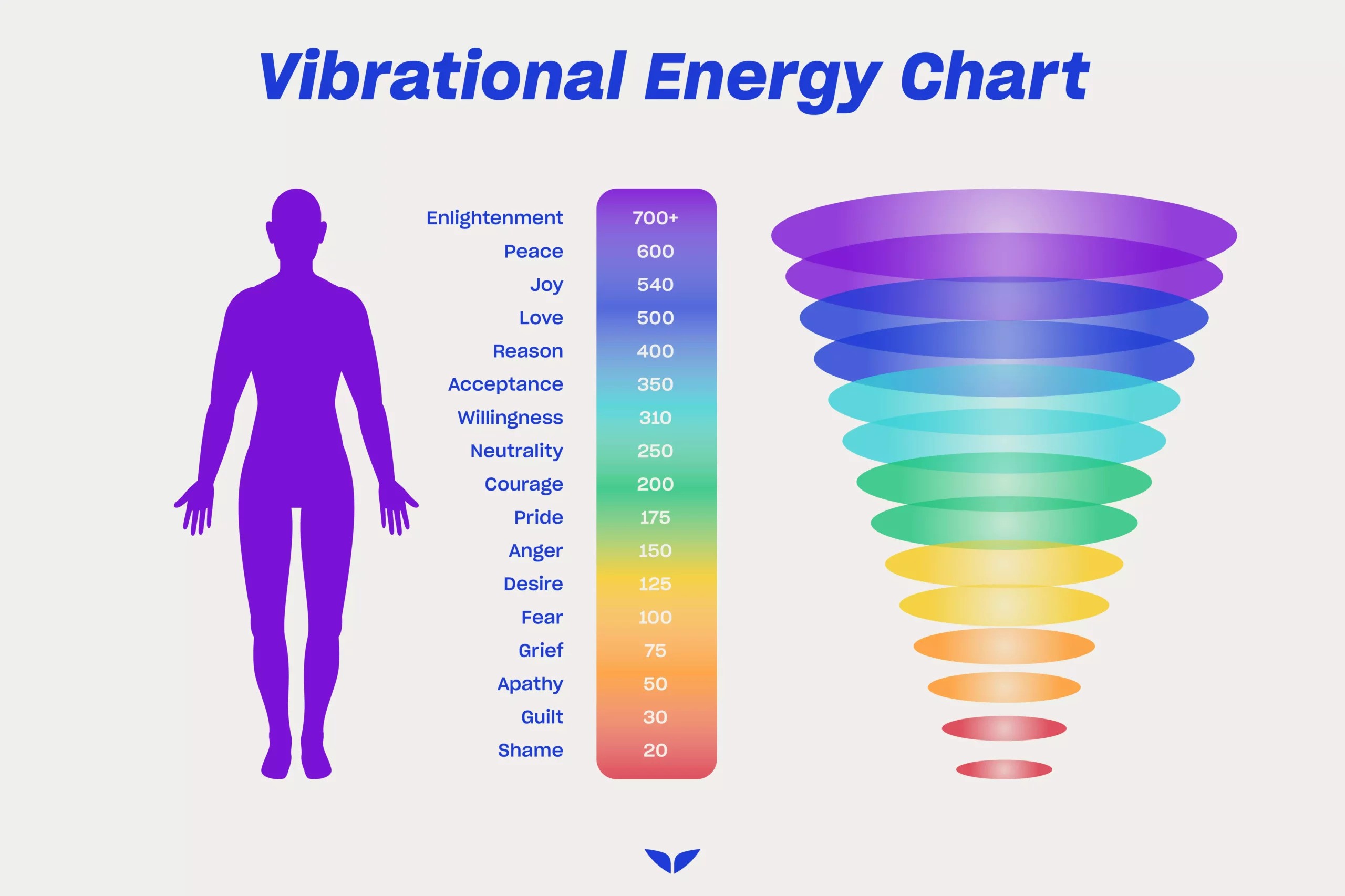How To Do Metta Meditation For Beginners
“Metta” is a word that means “lovingkindness, benevolence, active goodwill” in Pali, an ancient Indian language. When we think about meditation, we usually envision sitting in solitude and focusing on something somewhat unobtrusive, such as the breath or physical sensations. In this scenario, our practice is to be aware of when and when the mind wanders away from the meditation object and gently bring it back.
The Buddha taught Metta meditation 2600 years ago, and it is still practiced in many traditional Buddhist communities today, exactly as he taught it. Many communities recite passages from the Buddha's renowned talk on cultivating lovingkindness, in which he says, "Wishing: May all beings be at ease in gladness and safety." Regardless of how many living beings there are; whether they are weak or strong, none are left out. May all beings be at ease, whether large or mighty, medium, short or long, seen and unseen, those living close and distant, those born and to-be-born!”
Benefits of metta meditation
Science is validating what centuries of meditators who include metta into their practice have known: it improves well-being. Regular lovingkindness meditation, like mindfulness and awareness practices, has been connected to a slew of benefits, ranging from increased empathy to better relationships to increased resilience to aiding in the treatment of PTSD and other trauma-related diseases, you may even develop compassion.
How To Do Metta Meditation
To practice metta meditation, try the following easy and efficient technique.
- Make some quiet time for yourself (even a few minutes will enough) and relax. Take a few deep breaths while closing your eyes and relaxing your muscles.
- Imagine yourself in perfect bodily, emotional, and mental well-being, as well as inner peace. Imagine experiencing complete love for yourself, thanking yourself for everything you are and understanding that you are perfect just the way you are. Imagine breathing out tension and breathing in sentiments of love as you focus on this sense of inner serenity.
- Three or four encouraging, reassuring statements should be repeated to yourself. These are only samples; you can come up with your own:
- May I be safe
- May I be happy
- May I give and receive appreciation today
- May I be healthy, peaceful, and strong
Then, for a few moments, wallow in emotions of warmth and self-compassion. If your attention wanders, gently bring it back to these loving-kindness feelings. Allow yourself to be enveloped by these emotions.
You have the option of keeping this focus for the remainder of your meditation or shifting your attention to loved ones in your life. Begin with someone you care about deeply, such as your spouse, child, parent, or best friend. Feel your love and thanks for them. Keep that sensation in your mind. Repeat the soothing sentences whenever necessary.
After you've held these feelings for that individual, bring other significant persons in your life into your mind one at a time, and imagine them in perfect health and inner peace. Then expand your network to include additional friends, family members, neighbors, and acquaintances. You might even want to invite people from all across the world.
Extend loving kindness to individuals all across the world, focusing on a sense of connectedness and compassion. You could even wish to involve individuals with whom you're at odds in order to reach a point of forgiveness or peace.
Tips for beginners on how to do metta meditation
Meditation can be frightening if you've never done it before. It's also possible that your first few sessions will be ineffective. Keep in mind, however, that achieving the desired results takes time.
Consider the following advice for newbies:
- Patience is required. Expect to wait a while for results. Meditation is a practice that should develop over time.
- Allow yourself to let go of perfection. Don't worry if your mind wanders; it happens to the best of us. Simply accept that this is normal. Instead of focusing on the potential outcomes, try to concentrate on the current now.
- Don't pass judgment on yourself. Avoid judging yourself when you're preoccupied. Recognize the source of the distraction and return to the practice slowly.
- Experiment. Meditation can be done in any location, in any position, and at any time that is convenient for you. To find out what works best for you, try meditating in different settings, poses, and times of the day.
The bottom line
You chant good sentences to yourself and others during metta meditation. The goal of the practice is to cultivate a mindset of kindness, love, and compassion.
Metta meditation, when practiced on a regular basis, can assist to reduce negative emotions toward oneself and others. It can alleviate stress and physical pain, just like other forms of mindfulness meditation.
Be patient and receptive to the experience if you want to try metta meditation. Practicing for a few minutes each day may make a difference in the long run.



